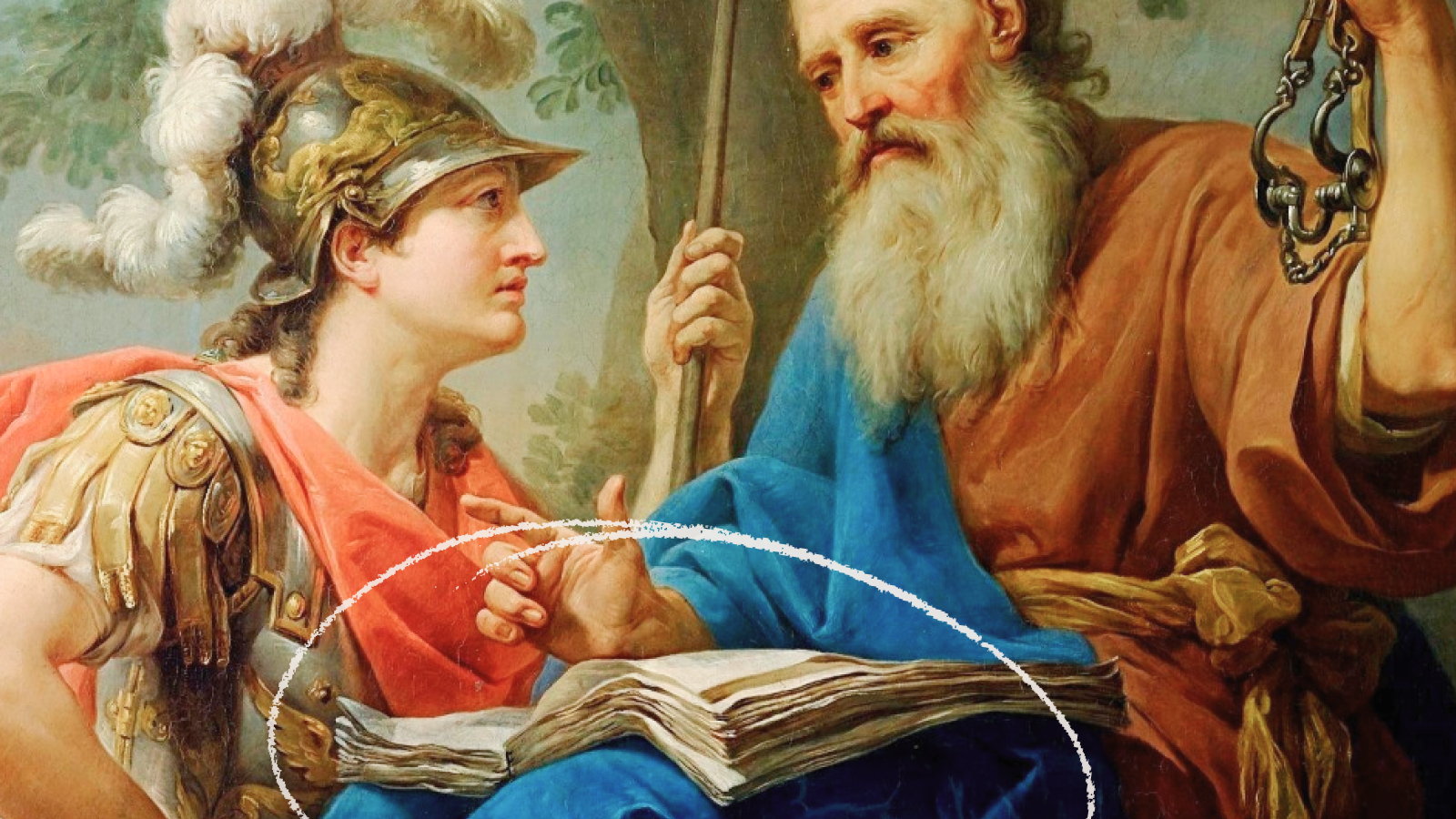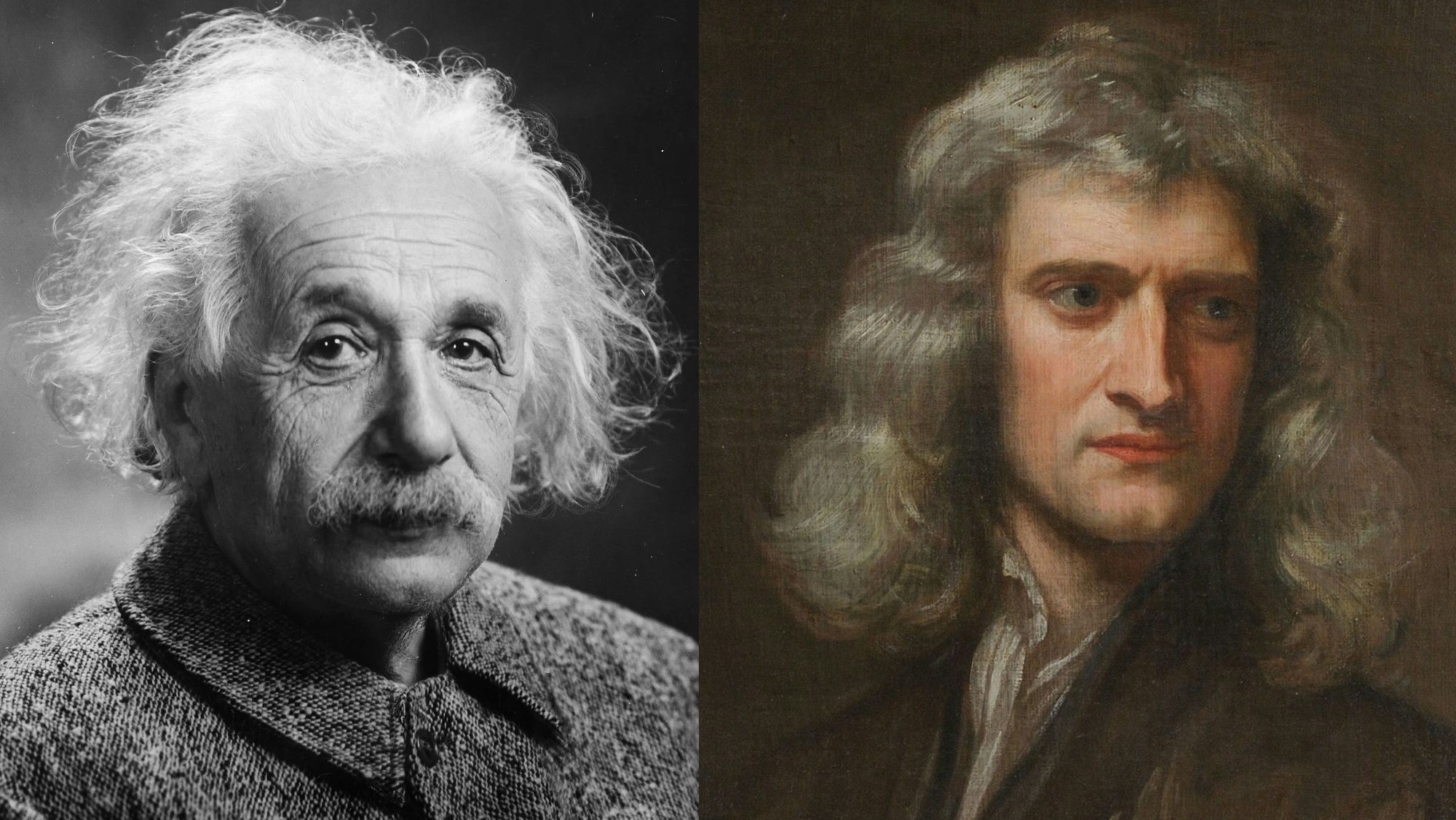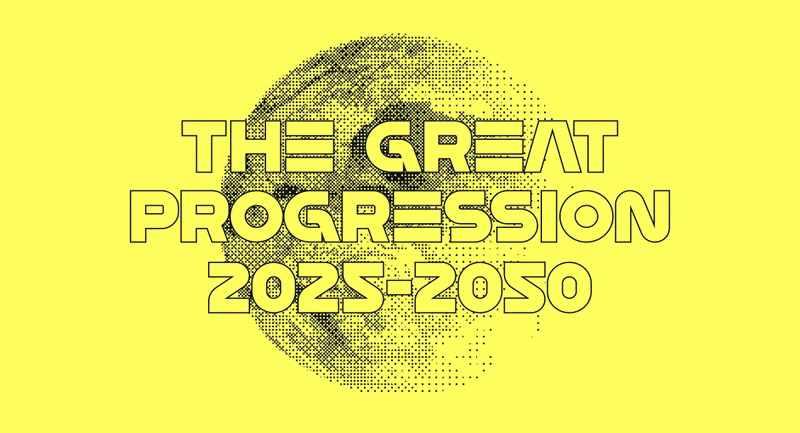By inviting us to pay close attention to the object itself, “thing theory” can tease out new meaning in the simplest artwork—even an apparent prank like Duchamp’s “Fountain.”
Question: Does thing theory fundamentally originate in the visual arts?
Bill Brown: I think it's, I think there are certainly arguments to be made that say that visual artists have been playing with it for a long time. I think also philosophers have been playing with it for a long time, poets have been playing with it for a long time. And I think one of the points that I've tried to make and certainly tried to make in a little essay called “Thing Theory,” is not that thing theory is something that is new, it's rather that newly we need to look back at now say the 20th century and recognize that lots of different artists, different philosophers, different writers, were, in fact, trying to conceptualize objects themselves or objects in relation to one another, and object's relations to humans. Duchamp is a very good choice, an interesting choice because if you take the “Fountain,” the urinal, some art historians will say, you know, in some sense, the object is beside the point, that it is really, because the real, the real chutzpah of that act is as an act, right? And the point of it is really about the power of the artist as auteur: I call this art, so it's art, right?
But other people, and I'm thinking in particular of the art historian Wanda Corn, have spent a great deal of time talking about the specificity of the urinal and the French fascination with US porcelain at the time and with modern bathrooms, so it sort of depends on how you look at that. But certainly whatever Duchamp is trying to do, if he takes a urinal or a bottle rack, or a bicycle wheel that is an everyday object and declares it to be art, whatever he wants people to do, people are going to be newly attending to the urinal, the bicycle rack, the bicycle wheel, right? And I think, and that really returns to the temporality of all of this. Because if you take the, Orozco’s yogurt tops, right? Four of them on four walls, what's he doing by doing that? Well, one of the things he's doing is just getting us to look at the yogurt top, right? It's no longer something we're peeling off, it's now sitting against a wall hanging, against a wall. And it is that slow temporality, that retardation, which makes any -- can make, I think, any everyday object into a work of art, right? I'll grant you, it probably depends on something else, but it always depends on that.
Recorded on March 4, 2010
Interviewed by Austin rnAllen





